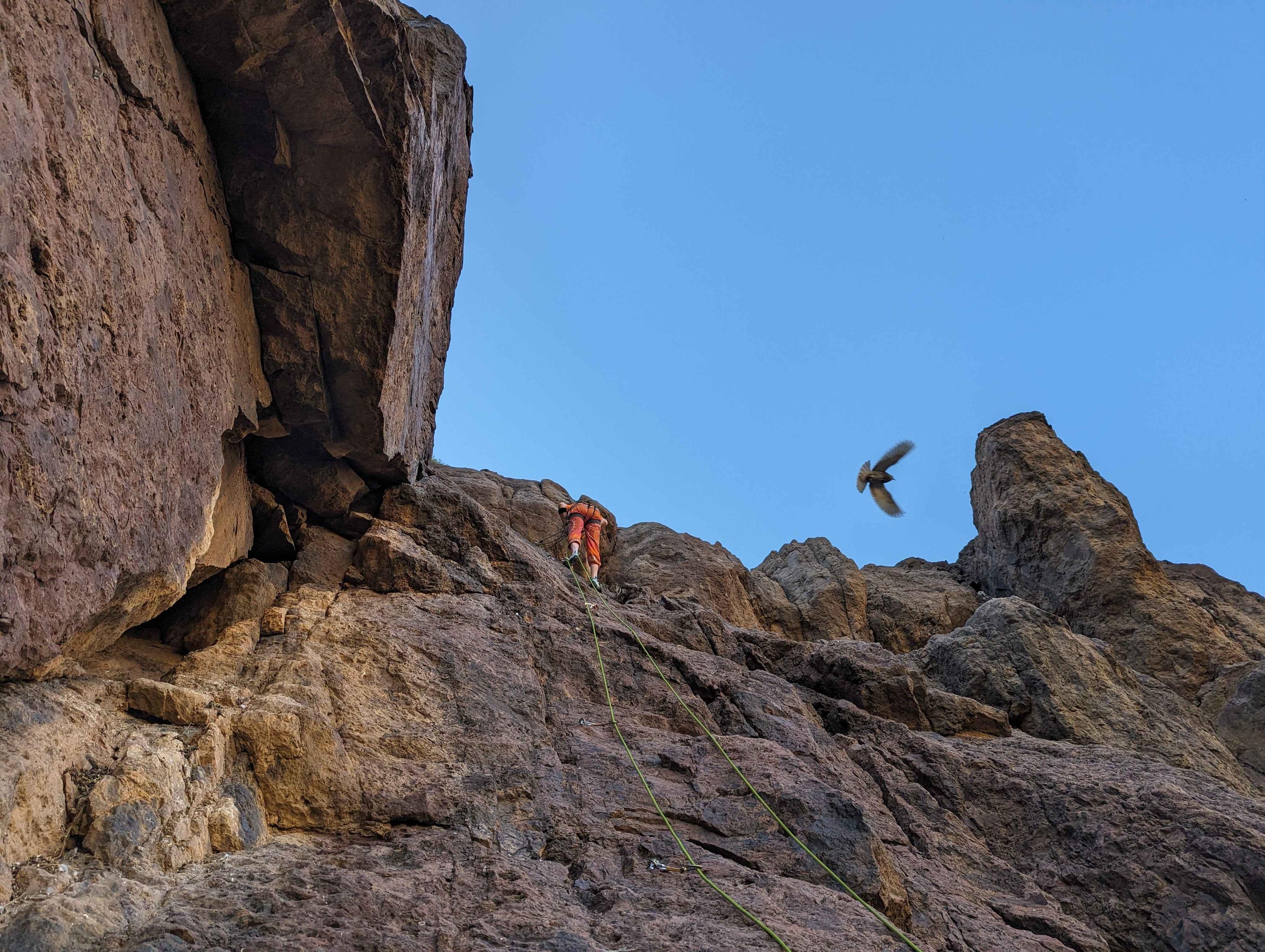Originally published in Guidebook XIII
Dear AAC Members,
Thank you for taking the time to dive into this second edition of the AAC’s quarterly Guidebook. A lot of things are changing at the AAC, and we are energized by the new opportunities that these changes afford. We are re-envisioning our measurable impact and excited to further support our members in a way only the AAC can.
This Guidebook is just that—your guide to the work that you make possible through your membership. When you read these stories— from celebrating volunteers like Maurice Chen, who is bringing our much-beloved Accidents in North American Climbing to international audiences (which you can read about in “Found in Translation”), or the shattering finding of member Eric Gilbertson that Rainier’s summit is shrinking ( in “The Height of Mountains”), to all the world-class climbing you can find at our cozy lodging facility at the New River Gorge, as well as the profound impact our grants program has on our members (as seen in “Sea to Summit” and “Life: An Objective Hazard”)—you’re seeing the AAC’s mission at work: the advancement of knowledge, inspiration, and advocacy.
While we’re excited to share these stories with you, there is also a lot going on behind the scenes that hasn’t made it into a full-fledged story yet. Many of these happenings you can find highlighted in our “AAC Updates” section that follows. As we kick off this new year, we are also excited about ongoing projects that will shape the future of the AAC, like developing a new website, which will make it easier for our members to take advantage of their benefits.
Finally, I want to take a moment to celebrate the impressive advocacy success that the AAC helped make possible at the end of 2024. The unanimous passage of the EXPLORE Act is a historic moment for recreationists, and as law, it will significantly expand access to our nation’s public lands and protect climbing in our beloved Wilderness areas. In December, the National Park Service also announced that they are discontinuing their proposed fixed anchor guidance; the AAC thanks the NPS for sensing the need to reevaluate the proposed regulations and looks forward to collaborating with them in the future on fixed anchor guidance. Looking forward, we are equipped to adapt our tactics to future challenges in order to advocate for the needs of our members, and all climbers.
At the AAC, we’re pulled together by our passion for climbing, and that passion is woven throughout these pages. Our expansive grants, affordable lodging, significant research findings, impactful advocacy work, and more are only possible because of your membership, donations, and commitment to climbing.
Nina Williams
AAC Board President
Operations and Governance
Lodging
Advocacy
Education
https://americanalpineclub.org/news/2025/2/10/ewld060rs1z9w881oz4awfrbwbiqmj


 S Sport Channel shared this topic on
S Sport Channel shared this topic on
